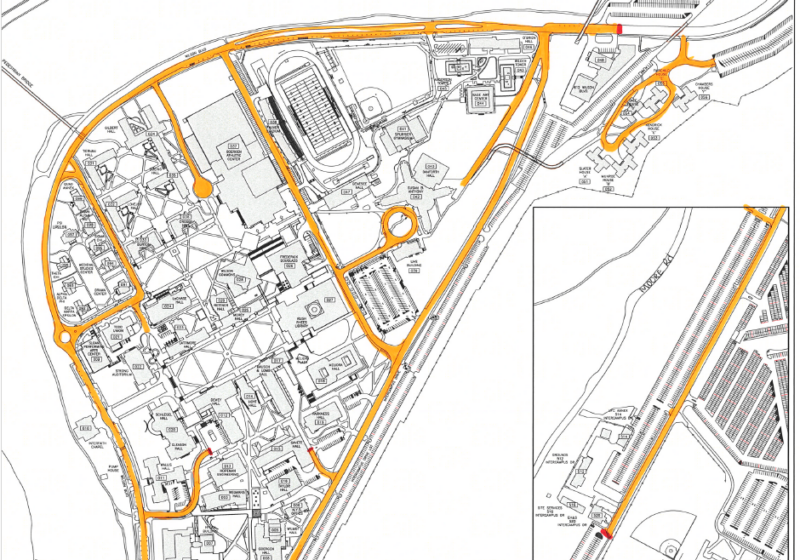Historically we’ve been fascinated by travel. You can see it in Western idealism of exploration — explorers risking their lives to seek new lands, to chart and record all the wonders they saw.
Now, we know that in reality all the places that were, according to Western history, “discovered,” have long been inhabited by each land’s natives.
This kind of misplaced idea of the context of new places continues to this day — when people travel, or when travel is advertised, historical and cultural context is often excluded when it should be present, front and center.
Traveling is a great way to experience new ways of life, learn about different cultures, and explore oneself. It has long been advertised as an opportunity to escape from life’s mundanity and enter into a foreign world full of promises of pleasure. The focus shifts away from where you’re going to what you’ll do there.
Some places do get a reverence to their history and culture — try going to Italy without learning about the Romans, even by accident. But every place should have the right to have visitors learn about and respect its culture and history. It’s one thing to go to Hawaii and enjoy the beaches and tropical fruit — it’s another thing to learn about Hawaiian culture, eat the native food and learn the proper friggin’ pronunciation of Hawaii (almost all of us are pronouncing it wrong).
I’m not asking for every person to spend every day learning about history — that obviously isn’t for everyone. So here are some fun ways to respect and learn about the culture you’re visiting.
One way is to, when trying local foods, do a little online research about the history of the traditional food, where it comes from, and why it’s become so important for the local people.
Another way is to look up local common courtesies — like how we hold the door open. It’s an easy way to not stand out so much as a tourist, and also get a feel for what the country values. Do they tip? Do people smile on the street to one another? Little things can give a big picture.
My third and last suggestion is to find out how people dress, and why. It’s another way to assess values, and it can be an important factor of manners. No words can describe how disrespectful it can be for someone to wear improper clothing to a holy site, or how uncomfortable it can be wearing fabric that doesn’t breathe. Do the locals primarily wear cotton? Then maybe bring cotton pieces. Do people cover their legs in public? Then maybe it’s not so good to bring shorts.
Travel should be enjoyable. It shouldn’t be work and it shouldn’t be agonizing. But spending a little time looking into travel videos or magazines or websites to learn more about the culture and context of your travel destination will only make your trip better. And the feeling of learning something new and putting it to good use can’t hurt either. Happy travels!





